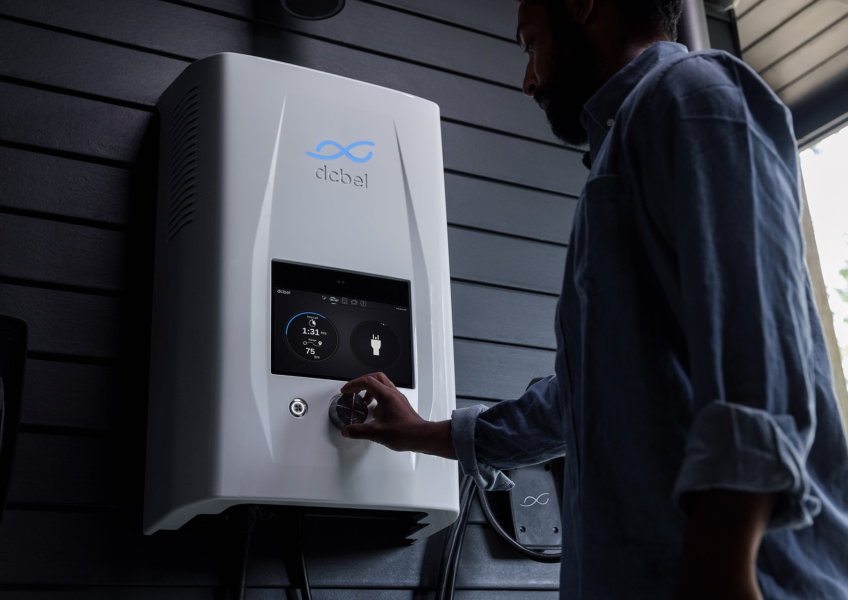Is Phantom Energy Real? Here Are the Facts
We’ve covered a lot about phantom energy in our blogs. Phantom energy, also known as vampire energy, is when appliances consume energy in your home even when they are turned off, but still plugged into an outlet.
But, is phantom energy real? Or, is this some weird conspiracy? Keep reading, and you’ll find out.
The Truth About Phantom Energy
Sorry folks, but phantom energy is real. For every appliance that’s currently plugged in but not in use – they’re taking a bite out of your wallet. Phantom energy has been extensively studied, and is supported by official institutions such as the Department of Energy and education institutions such as Harvard.
According to the National Resources Defense Council (NRDC), nearly a quarter of a household’s electricity is wasted in phantom energy.
What Are We Losing to Phantom Energy?
Just how much is phantom energy wasting?
According to electrical monitoring company Sense’s survey of 4,271 households, the annual cost of phantom energy is $308 per household, based on an average electrical price of $0.1289 per kWh. If you add it all up, phantom energy costs US homeowners nearly $41 billion annually while sending 317 million avoidable metric tons of carbon into the atmosphere.
How to Reduce Phantom Energy
So, phantom energy is very much real. What next? Well, here are a couple of tips to reduce phantom energy without having to unplug and replug all day long:
- Opt for ENERGY STAR appliances when upgrading – ENERGY STAR certified appliances use less energy, both while in use and on standby. This tip should be used for sensitive appliances that can not or are difficult to unplug and replug frequently.
- Unplug items that are rarely used – If you have an appliance that you rarely use, just unplug it until the next time you need to use it again.
- Use power strips with surge protectors – Instead of having to replug one appliance at a time, connect several appliances to a power strip. This way, you can simply unplug the power strip and save yourself a lot of time. Since many appliances will be plugged in at once, surge protectors are important to minimize risk.

